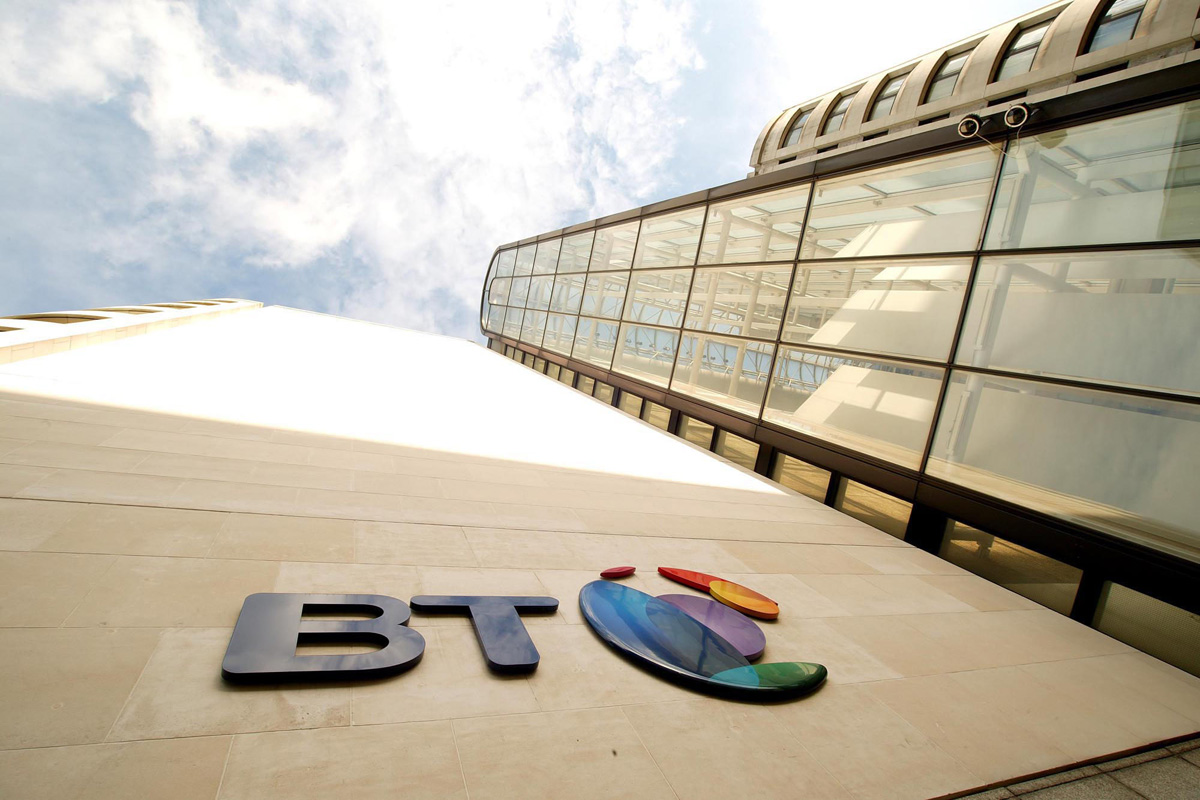BT targets London broadband weak spots
Comms giant will trial fibre in building basements to improve broadband speeds

BT is targeting hard-to-reach broadband weak spots in the City of London, following the roll out of a fibre network across the Scottish Highlands.
The comms giant will trial what it calls "fibre to the basement" in two central London buildings come January, with the aim of improving people's broadband speeds from 20Mbps to 80Mbps.
London's broadband quality was found to be second only to Seoul in accountants PWC's recent assessment of 30 cities' technology infrastructure.
But BT said a small minority of inner city buildings are served by exchange-only lines, which connect to the local telephone exchange directly rather than to one of BT's street cabinets (pictured), which house faster fibre.
Due to London's tightly packed streets and buildings, BT could not build street cabinets to serve those properties without incurring huge costs and planning complexities.
Joe Garner, CEO of Openreach, BT's infrastructure division, said: "City-centre locations present unique challenges when it comes to upgrading consumer broadband.
"For example, there is less room for us to install a fibre cabinet on the pavement, and it is often harder to get permission to close roads to do the work. We also need to secure permission from multiple landlords to run new cables across their land and properties."
Sign up today and you will receive a free copy of our Future Focus 2025 report - the leading guidance on AI, cybersecurity and other IT challenges as per 700+ senior executives
To get around the problem, BT plans to install its fibre broadband kit into buildings' basements instead.
The New Year trial will connect 225 homes in the Middlesex Estate and around 50 SMBs at 65 London Wall to faster broadband provided by more than 130 different service providers.
Graham Bell, CIO of the City of London Corporation, said: "All businesses are keener than ever to be well-connected and this fibre to the basement pilot is a welcome step forwards, especially for smaller SMBs, who are critical to London's commercial dynamism.
"We hope the trials will lead to further expansion of fibre broadband across the Square Mile for residents and SMBs, complementing the Ethernet infrastructure already available to larger firms."
Garner added: "We are optimistic that this new solution will prove that fibre broadband can be installed into building basements quickly, smoothly and economically. It could also have the added benefit of being less disruptive for our customers and the general public."
-
 Tapping into the ’touch grass’ movement in cybersecurity
Tapping into the ’touch grass’ movement in cybersecurityIndustry Insights With cybersecurity experiencing a ’touch grass’ moment, what role should resellers play?
-
 Cyber resilience in the UK: learning to take the punches
Cyber resilience in the UK: learning to take the punchesColumn UK law now puts resilience at the centre of cybersecurity strategies – but is legislation simply catching up with enterprise understanding that resilience is more than just an IT issue?
-
 BT offers to invest up to £600m to provide universal high-speed broadband
BT offers to invest up to £600m to provide universal high-speed broadbandNews The company's offer would replace new regulation proposed by the government
-
 Ofcom caps BT's Openreach prices
Ofcom caps BT's Openreach pricesNews Regulator limits the amount that rivals can be charged for leasing the company's superfast broadband
-
 BT finally lets go of Openreach
BT finally lets go of OpenreachNews Legal separation of fibre network includes transfer of 32,000 staff
-
 BT admits it must improve as Openreach spin-off looms
BT admits it must improve as Openreach spin-off loomsNews BT should improve its customer service, says chairman Michael Rake
-
 Former business minister backs calls to split up BT
Former business minister backs calls to split up BTNews Anna Soubry slammed the work BT has done to bring superfast broadband to the nation
-
 Ofcom: BT's Openreach must be a separate company
Ofcom: BT's Openreach must be a separate companyAnalysis Regulator wants to distance Openreach from BT control
-
 TalkTalk slams Ofcom's decision to leave BT in control of Openreach
TalkTalk slams Ofcom's decision to leave BT in control of OpenreachNews Ofcom outlines tougher measures to hold BT to account, but maintains status quo
-
 TalkTalk: BT-EE merger will lead to 25% price hikes
TalkTalk: BT-EE merger will lead to 25% price hikesIn-depth Rivals fear for the future of telecoms after CMA approves £12.5bn BT-EE deal